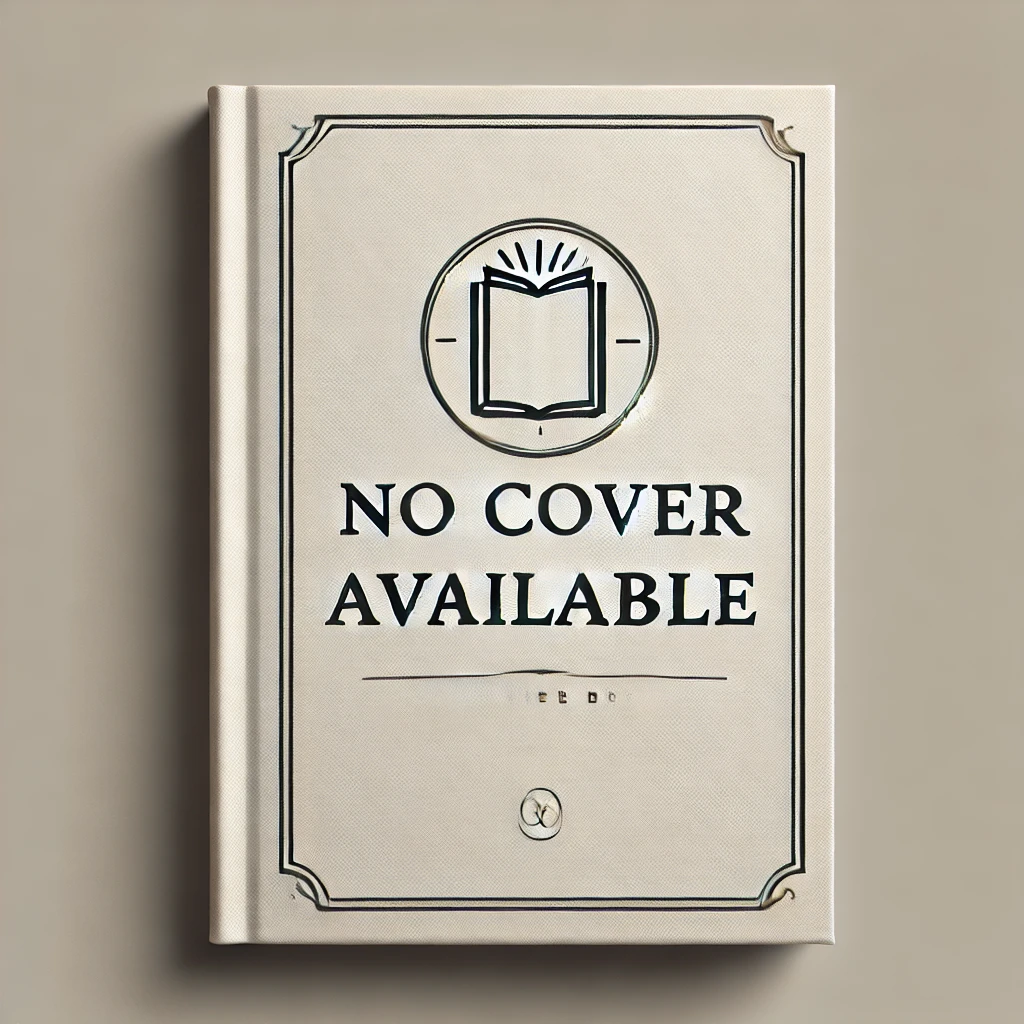
The Life of William Faulkner : This Alarming Paradox, 1935–1962
(Author) Carl RollysonBy the end of volume 1 of The Life of William Faulkner ("A filling, satisfying feast for Faulk7ner aficianados"-- Kirkus), the young Faulkner had gone from an unpromising, self-mythologizing bohemian to the author of some of the most innovative and enduring literature of the century, including The Sound and the Fury and Light in August. The second and concluding volume of Carl Rollyson's ambitious biography finds Faulkner lamenting the many threats to his creative existence. Feeling, as an artist, he should be above worldly concerns and even morality, he has instead inherited only debts--a symptom of the South's faded fortunes--and numerous mouths to feed and funerals to fund. And so he turns to the classic temptation for financially struggling writers--Hollywood. Thus begins roughly a decade of shuttling between his home and family in Mississippi--lifeblood of his art--and the backlots of the Golden Age film industry. Through Faulkner's Hollywood years, Rollyson introduces such personalities as Humphrey Bogart and Faulkner's long-time collaborator Howard Hawks, while telling the stories behind films such as The Big Sleep and To Have and Have Not. At the same time, he chronicles with great insight Faulkner's rapidly crumbling though somehow resilient marriage and his numerous extramarital affairs--including his deeply felt, if ultimately doomed, relationship with Meta Carpenter. (In his grief over their breakup, Faulkner--a dipsomaniac capable of ferocious alcoholic binges--received third-degree burns when he passed out on a hotel-room radiator.) Where most biographers and critics dismiss Faulkner's film work as at best a necessary evil, at worst a tragic waste of his peak creative years, Rollyson approaches this period as a valuable window on his artistry. He reveals a fascinating, previously unappreciated cross-pollination between Faulkner's film and literary work, elements from his fiction appearing in his screenplays and his film collaborations influencing his later novels--fundamentally changing the character of late-career works such as the Snopes trilogy. Rollyson takes the reader on a fascinating journey through the composition of Absalom, Absalom!, widely considered Faulkner's masterpiece, as well as the film adaptation he authored--unproduced and never published-- Revolt in the Earth. He reveals how Faulkner wrestled with the legacy of the South--both its history and its dizzying racial contradictions--and turned them into powerful art in works such as Go Down, Moses and Intruder in the Dust. Volume 2 of this monumental work rests on an unprecedented trove of research, giving us the most penetrating and comprehensive life of Faulkner we have and provides a fascinating look at the author's trajectory from under-appreciated "writer's writer" to world-renowned Nobel laureate and literary icon. In his famous Nobel speech, Faulkner said what inspired him was the human ability to prevail. In the end, this beautifully wrought life shows how Faulkner, the man and the artist, embodies this remarkable capacity to endure and prevail.
Carl Rollyson
Carl Rollyson is a prolific biographer known for his detailed and insightful works on literary figures such as Sylvia Plath, Rebecca West, and Norman Mailer. His meticulously researched books offer a glimpse into the lives and minds of some of the most influential writers of the 20th century.